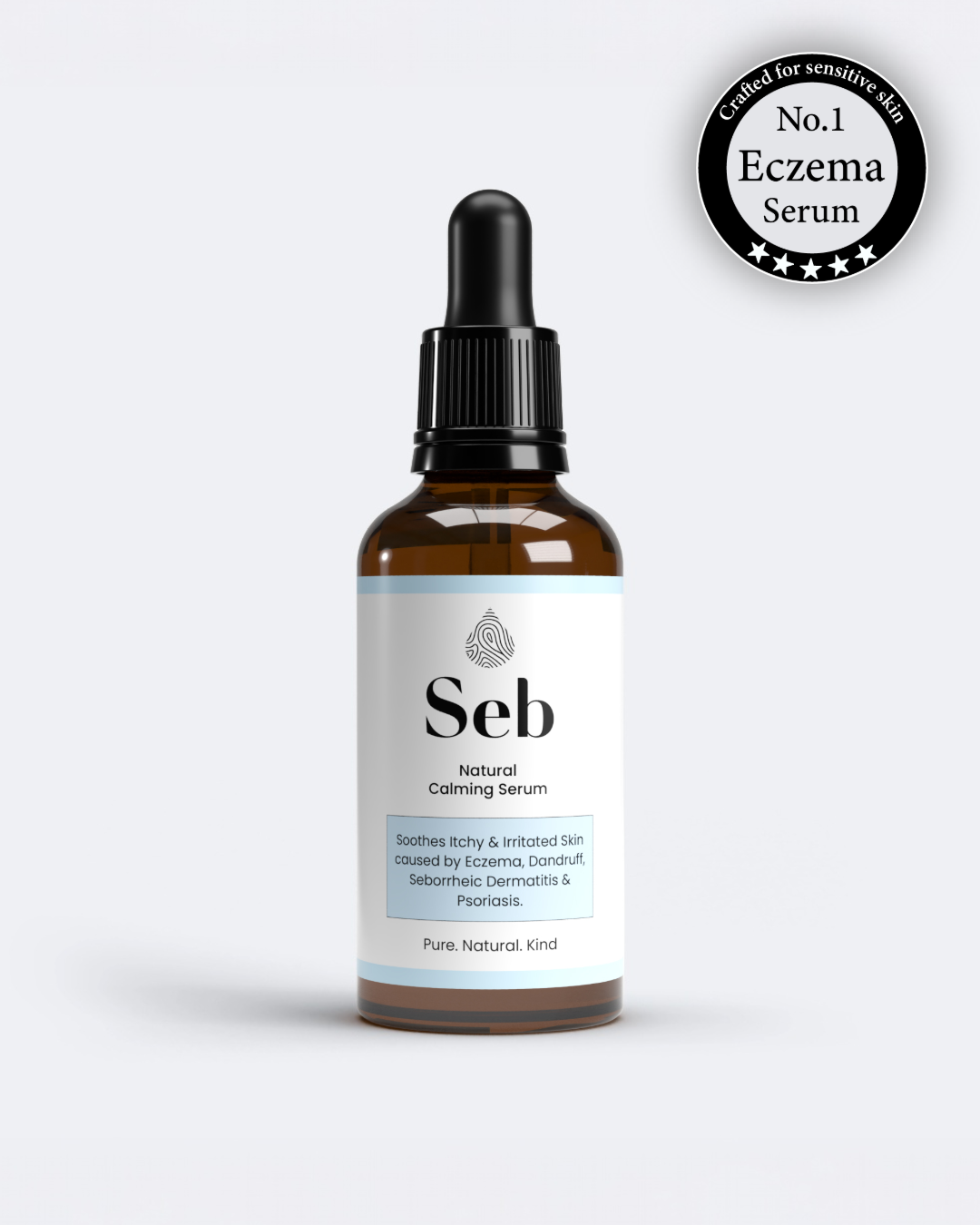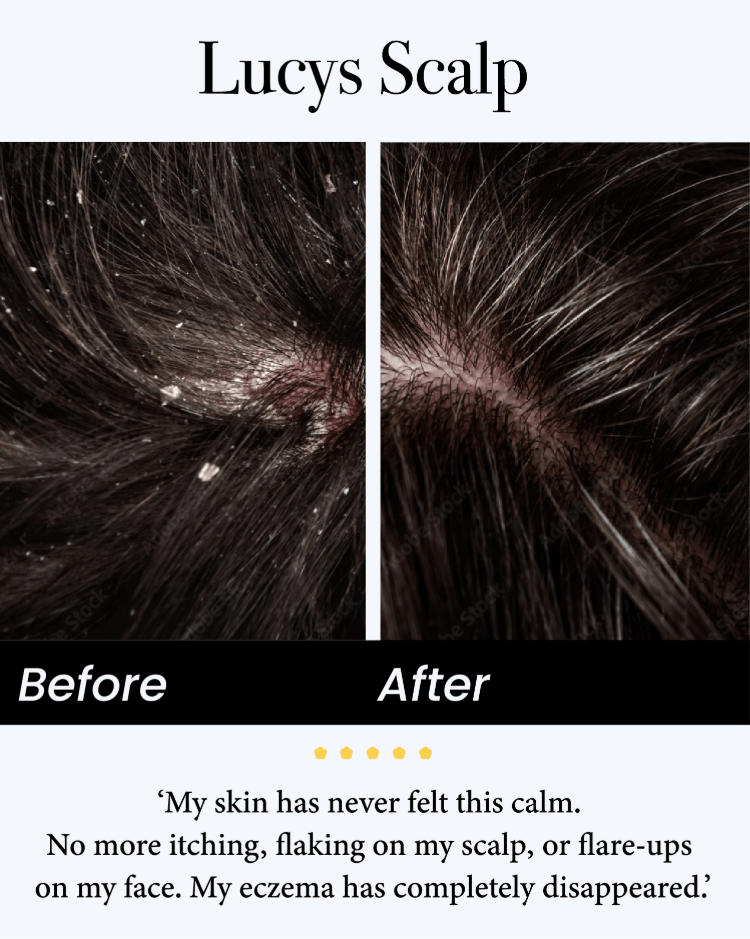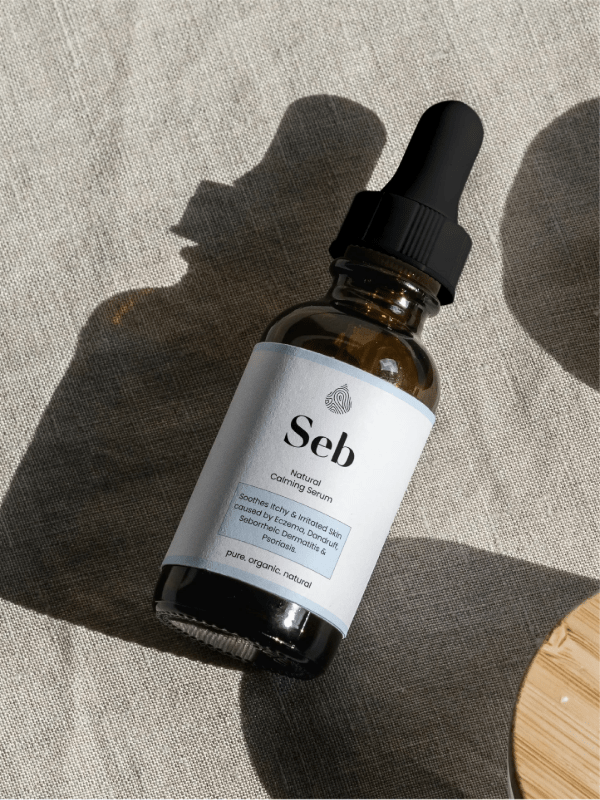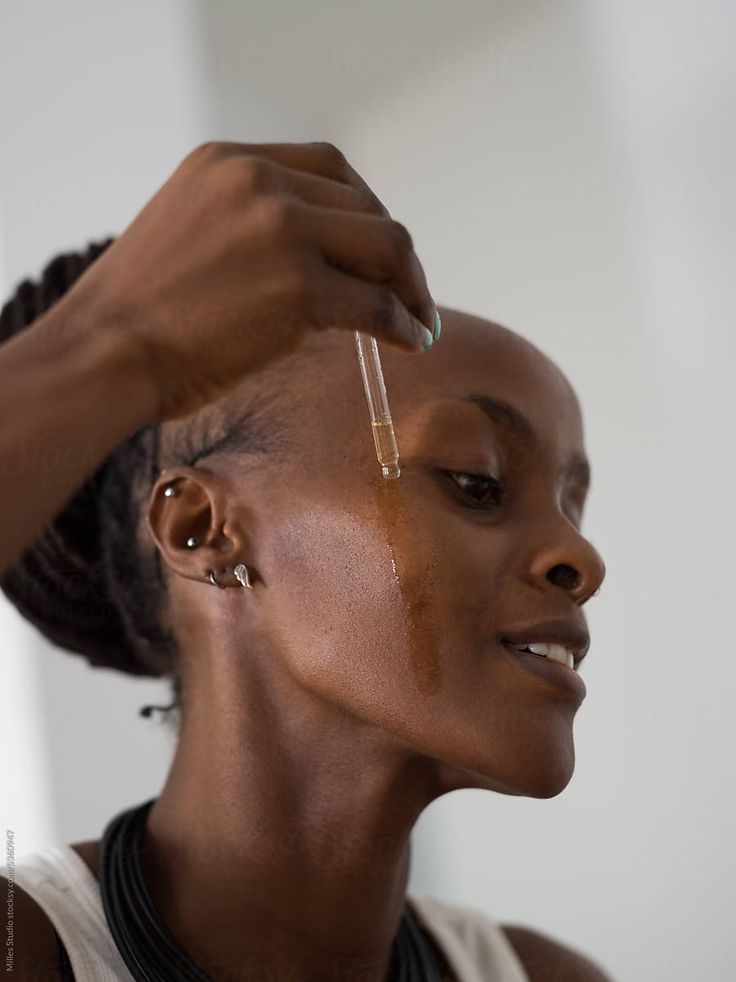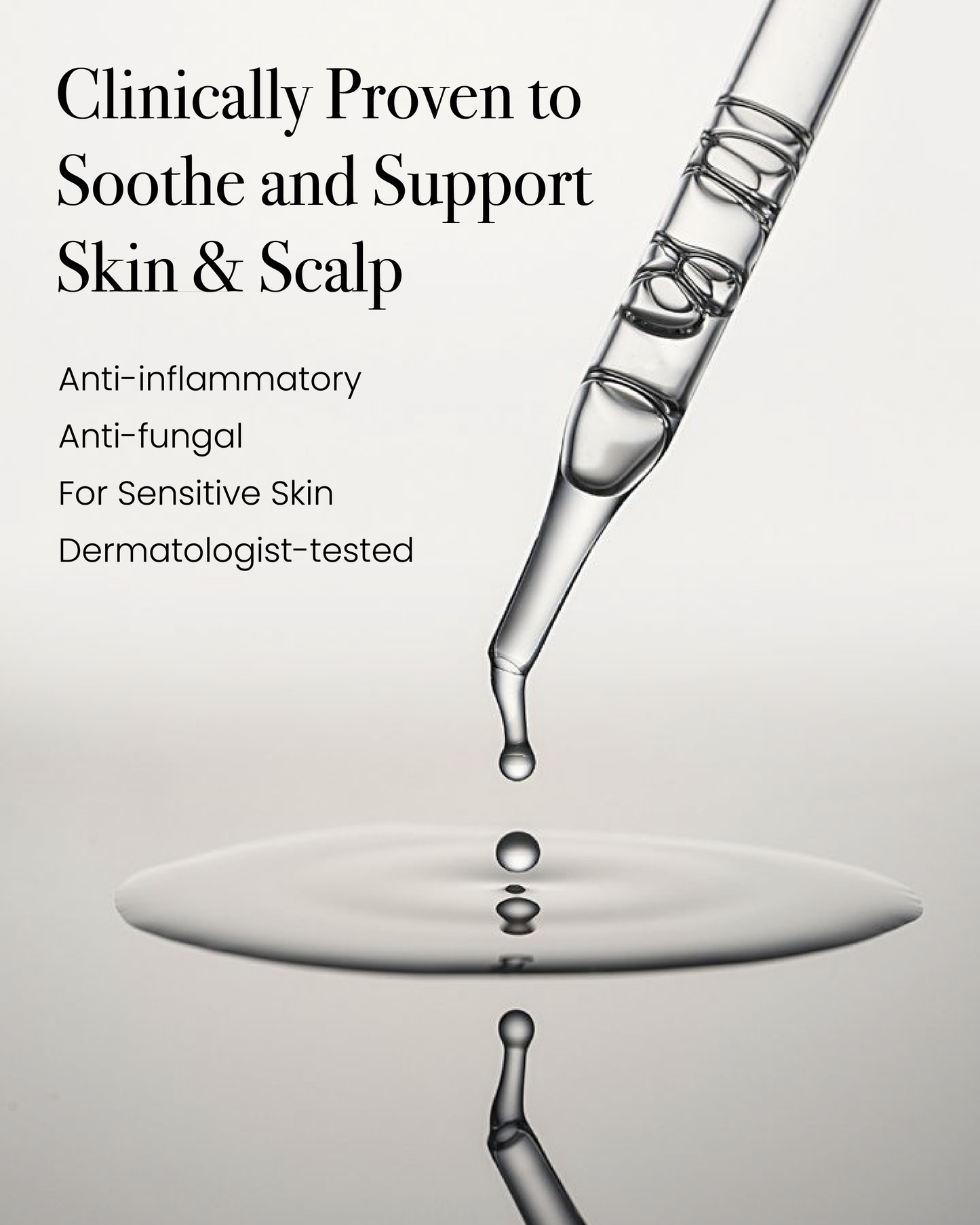
What Is Seborrheic Dermatitis? The Complete Beginner’s Guide
If you’ve ever noticed red, flaky, or itchy patches on your scalp, eyebrows, or around your nose, you may have experienced seborrheic dermatitis. This common skin condition can be confusing and sometimes frustrating, but the good news is—it’s manageable with the right understanding and care.
In this beginner’s guide, we’ll break down what seborrheic dermatitis really is, what causes it, where it can appear, and what factors can make it worse.
What Is Seborrheic Dermatitis?
Seborrheic dermatitis is a chronic inflammatory skin condition that primarily affects areas rich in oil (sebaceous) glands—like your scalp, face, chest, and back. It often appears as scaly, red, or greasy patches, and it can sometimes be mistaken for dandruff, eczema, or psoriasis.
Though it’s a long-term condition that can come and go, with the right skincare routine and targeted treatments, flare-ups can be significantly reduced.
What Triggers Seborrheic Dermatitis?
The exact cause of seborrheic dermatitis isn’t fully understood, but several factors can trigger or contribute to it:
- Overgrowth of yeast (Malassezia): This naturally occurring yeast on the skin can multiply excessively, irritating the skin and triggering inflammation.
- Excess oil production: Since the condition thrives in oily areas, overactive sebaceous glands can create an ideal environment for irritation.
- Genetics: A family history of skin conditions like eczema or psoriasis can increase your likelihood of developing seborrheic dermatitis.
- Hormonal changes: Shifts in hormones (such as during puberty or stress) can also trigger or worsen symptoms.
-
Weather changes: Cold, dry weather can cause flare-ups, while humidity and heat may aggravate oily areas.
What Makes Seborrheic Dermatitis Worse?
Certain lifestyle and environmental factors can intensify seborrheic dermatitis symptoms. Here’s what to watch out for:
- Stress: Emotional or physical stress can trigger flare-ups by affecting your immune system.
- Harsh skincare products: Using products with alcohol, strong fragrances, or sulphates can strip your skin barrier and worsen irritation.
- Poor sleep and diet: Lack of rest and diets high in sugar or processed foods can influence inflammation in the body.
- Infrequent cleansing: Not washing your scalp or face regularly can lead to oil build-up and yeast overgrowth.
- Temperature extremes: Hot showers or overly dry air can irritate already sensitive skin.
To minimise flare-ups, aim for gentle, balanced skincare products that support your skin’s natural barrier.
Seborrheic dermatitis happens when there’s a combination of excess oil production, yeast overgrowth, and skin inflammation. The yeast Malassezia feeds on the oils your skin produces. In some people, this process leads to an inflammatory reaction, causing redness, scaling, and itching.
It’s not a hygiene issue or something you “catch”—it’s your skin’s unique response to internal and external factors.
Seborrheic dermatitis most commonly affects oil-rich areas, such as:
- Scalp – Often appears as dandruff or greasy flakes
- Face – Especially around the eyebrows, sides of the nose, ears, and beard area
- Chest and back – Red, scaly patches in the centre of the chest or between the shoulder blades
- Ears – Inside or behind the ears can become flaky or itchy
- Infants – It’s known as “cradle cap” in babies and usually appears on the scalp
Seborrheic dermatitis may be a lifelong condition, but it doesn’t have to control your confidence or comfort. By identifying your triggers, using gentle skincare products, and maintaining a consistent routine, you can keep flare-ups under control and your skin looking its best.


